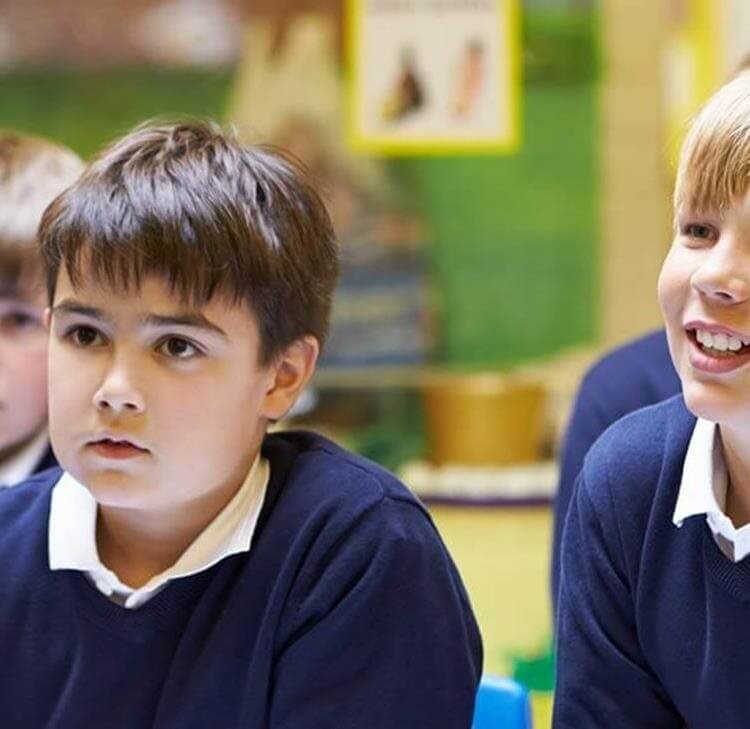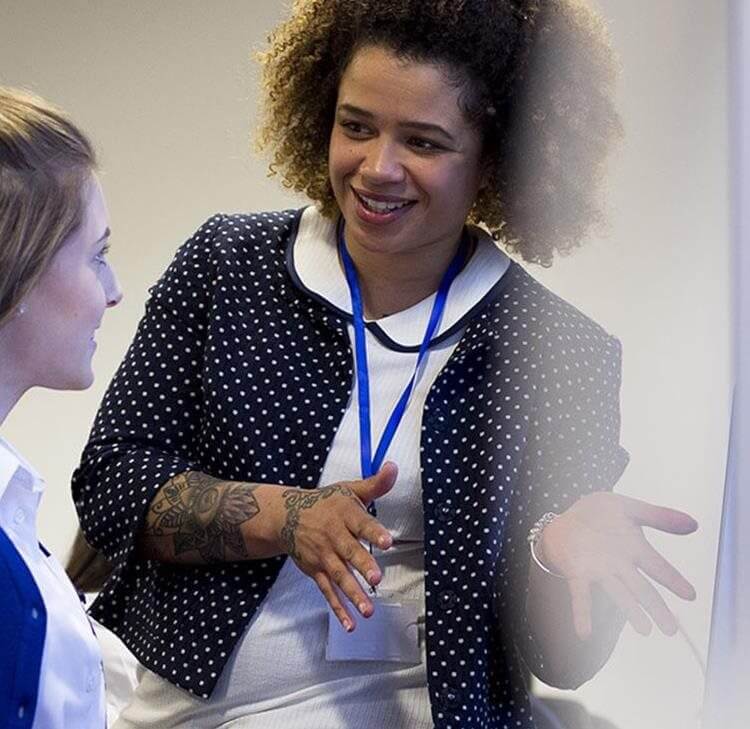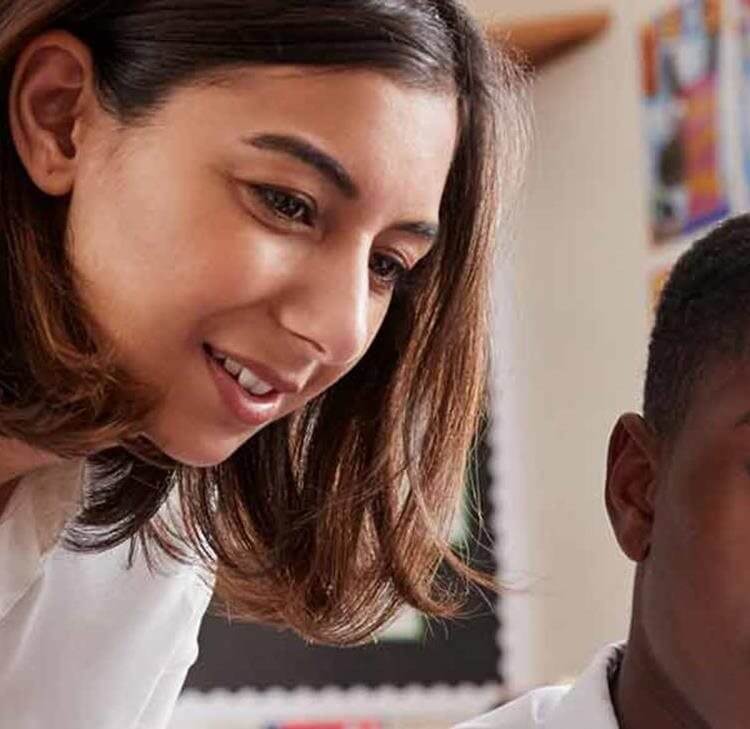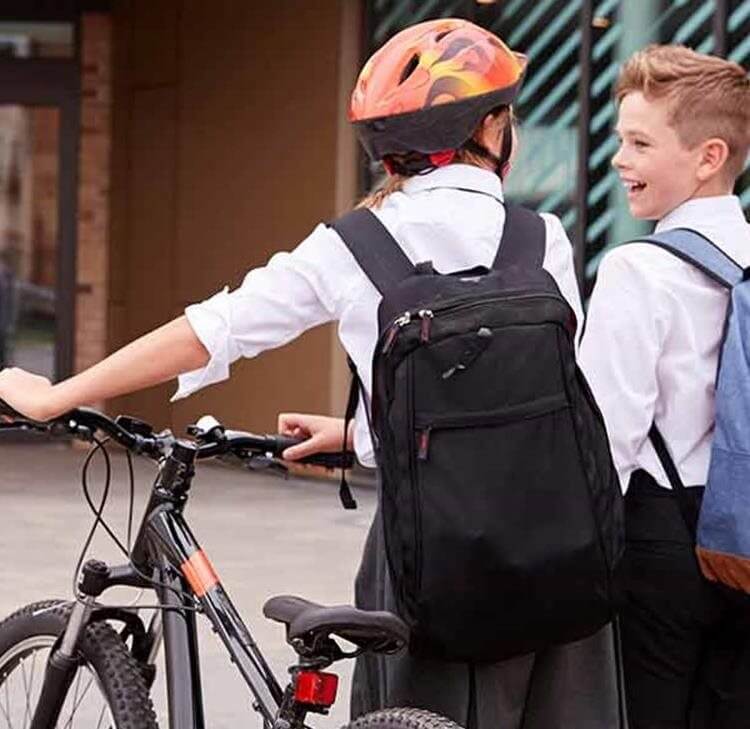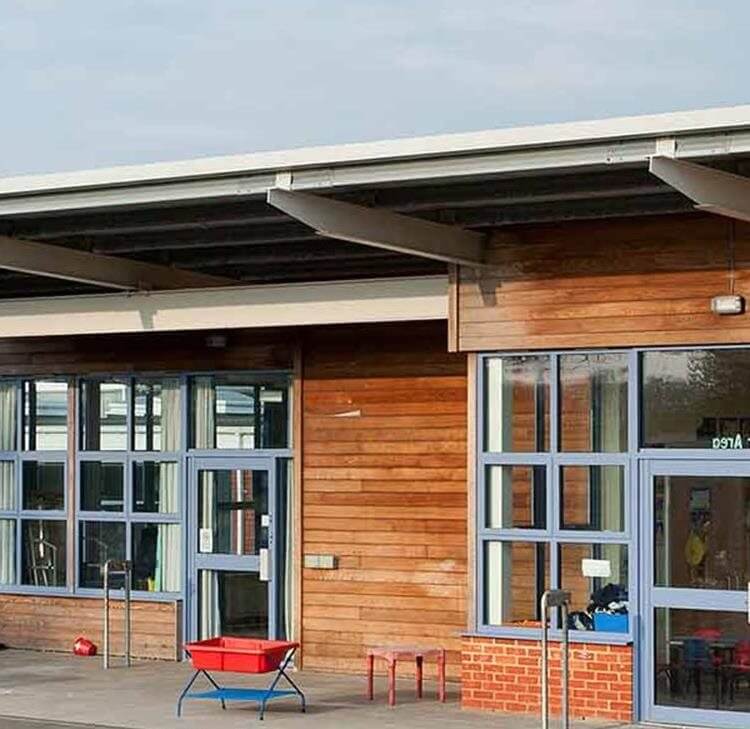There are various minor updates to the 2021 Keeping Children Safe in Education (KCSiE) guidance and three main changes that you need to be aware of. The consultation closes on 11 March and it seems very likely that the draft guidance will come into force in substantially the same form, so we might as well get to grips with the changes now.
1. Child-on-child sexual violence and sexual harassment
This is a relatively simple change, but an important one. While the KCSiE 2021 references the non-statutory ‘sexual violence and sexual harassment between children in schools and colleges’ guidance, the 2022 draft brings that document into the body of KCSiE. This doesn’t reflect a big change in practice but provides a clear message - sexual violence and harassment remains a significant issue in education and one that we all need to manage proactively and effectively. Expect Ofsted to remain focused on it too.
2. Online searches on shortlisted candidates
Paragraph 215 adds a mere nine words to your safer recruitment responsibilities for checks on shortlisted candidates. However, what they lack in verbosity, they more than make up for in workload. The full paragraph says “As part of the shortlisting process, schools and colleges should consider carrying out an online search (including social media) as part of their due diligence on the shortlisted candidates. This may help identify any incidents or issues that have happened, and are publicly available online, which the school or college might want to explore with the applicant at interview."
The important nine words are “consider carrying out an online search (including social media)”.
What paragraph 215 doesn’t give you is the detail of where to look, how far back to go, what to look for, who should conduct the searches and what you should do with the information you find.
In an article I wrote for TES in late January I provide some of these answers. However, when the final KCSiE 2022 guidance is published, we will host a webinar to tell you everything you need to know.
3. Safeguarding training for governors and trustees
The early paragraphs in ‘Part two: The management of safeguarding’ have always set out that governing bodies and proprietors have a safeguarding leadership responsibility and that you must have a senior board-level lead for safeguarding.
The 2022 draft adds some further clarity. Governing bodies and proprietors should ensure that all governors and trustees receive appropriate safeguarding child-protection training at induction and such training should be regularly updated.
Two questions flow from this addition. What does appropriate look like? And what does regularly mean in this context?
Appropriate
The key point is this. The training should not be the same training and updates that your staff receive. Staff knowledge-needs and trustee knowledge-needs differ. Staff need operational knowledge and an understanding of what happens on the frontline. Trustees need an overview. They need to understand the bigger picture, to see data relating to safeguarding and to understand how to appropriately support and challenge your designated safeguarding lead (DSL). They need formal training and they need to be kept updated throughout the year.
Currently, there is a lack of high-quality trustee-focused safeguarding training, but don’t worry, we can help with that (see below).
Regular
There’s no definition in the guidance but, given how quickly safeguarding changes, I recommend an annual refresher and ongoing knowledge transfer throughout the year. In other words, the same approach as you take for staff (but not the same content!).
DSLs should factor in the trustee’s knowledge needs when planning how they will ensure everyone (staff, trustees and the safeguarding lead trustee) is kept up to date throughout the year (knowledge transfer calendar) with safeguarding changes and reminders.
How we can help
We are designing and plan to launch a governor child-protection course on our EduCompli platform which will cover the requirements of paragraph 81 and ensure that all of your governors and trustees are appropriately trained.
Your senior board-level safeguarding lead requires additional training to effectively undertake their role. Our course is specifically aimed at safeguarding lead governors and trustees that focuses on the leadership role and does not get lost in operational detail.
DSLs wanting to know more about strategic safeguarding in a MAT and the process of designing a knowledge transfer calendar should take a look at our MAT DSL CPD programme.
Contact

Dai Durbridge
Partner
dai.durbridge@brownejacobson.com
+44 (0)330 045 2105











